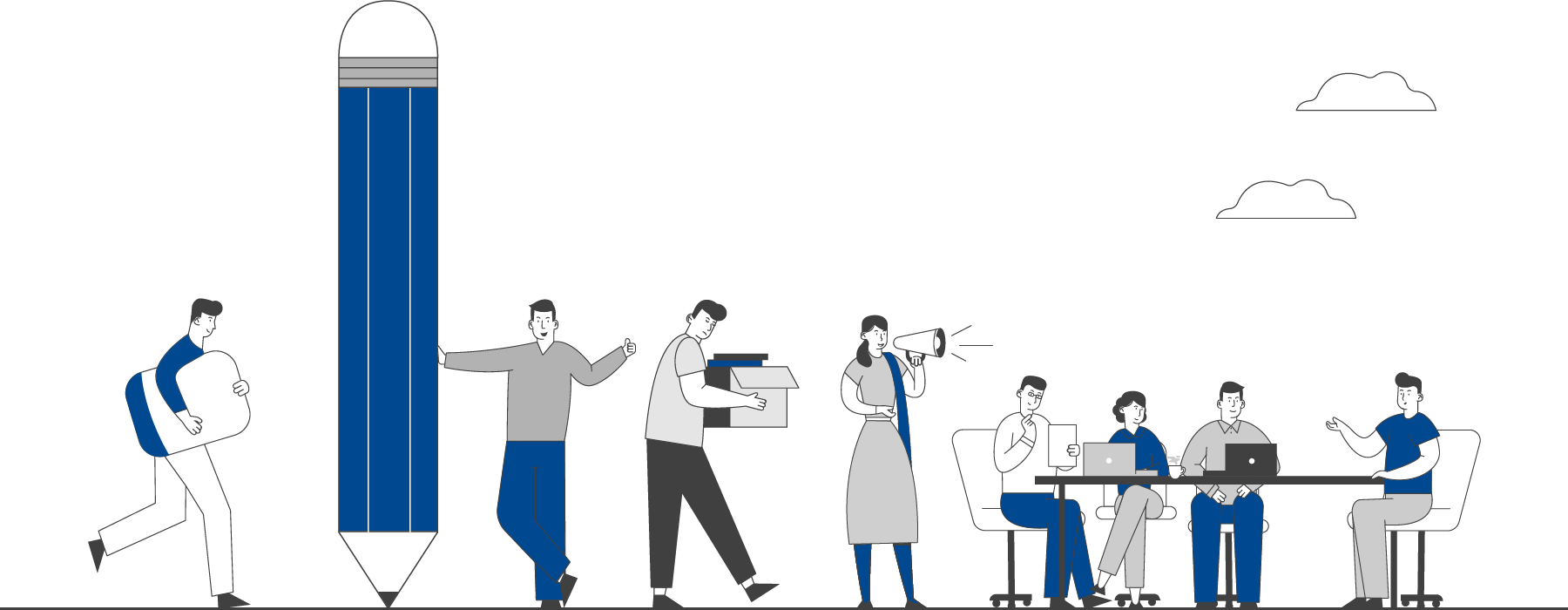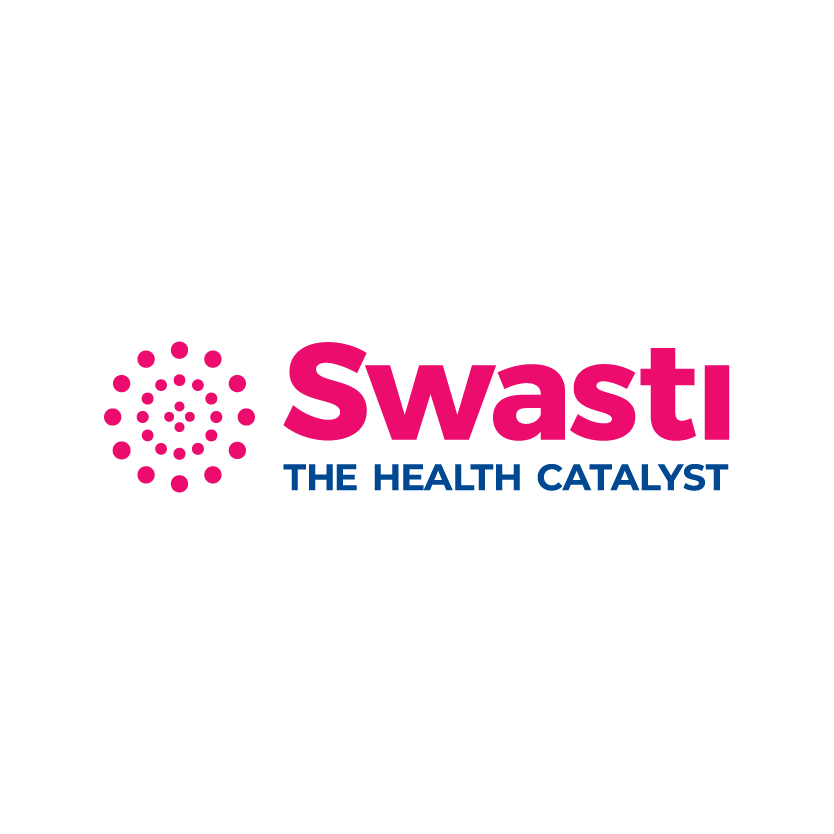

This section presents actionable insights for practitioners from our collaboration of experts.
Analysis
FILTER
BY CATEGORY
View All
Tech Innovations that could Help Us #EndTB
28 Jun 2020by Rhea John 4 min read
So far, the use of science in tackling Tuberculosis has mostly focused on microbiology, trying to improve testing, treatment and prevention of infection. Now, with the growing focus on the drug resistance crisis, technology is emerging to address the big barrier to #EndTB: Treatment adherence.
What is treatment adherence?
A major reason for drug resistance is that people who begin TB treatment -- a drug regimen which currently takes at least 6 months with multiple pills daily — don’t complete it. When patients taper off or stop their medication because their symptoms have begun to ease, the more virulent TB bacteria (the ones that had better initial resistance to the drug) are allowed to survive. These bacteria then go on to cause a recurrence of TB, but this time resistant to the drugs they are already used to. The person may also spread this to those around her, believing that she has been cured.
Innovations that promote treatment adherence
We urgently need to ensure that those diagnosed with TB complete their drug regimens, meaning at least 80% of doses per month throughout the 6 months. New technologies have been rapidly developing to fill this gap.
There are smart pillboxes, like Caredose, Jeyun and Easycure Box, which provide reminders and help patients take the right pills in each dose. An interesting variation of this is the Cool Comply box, which provides solar-powered refrigeration alongside dose monitoring for MDR-TB therapy.
The 99DOTS adherence process: Take the pill, dial the number. Photo: Patrika Online
There are modifications on Directly Observed Therapy (DOTS) programs like the Operation ASHA biometric validation system, 99DOTS (which requires patients to message each time they ‘adhere’) and ZMQ and other Virtual Observed Therapy, or VOT, models (patients send videos of themselves taking the dose).
There are systems that complement the technology-based oversight with human interaction, like Keheala in Uganda, Ti Kay in Haiti, or E Health Points in India. The latter also combines compliance oversight with other services, like drinking water provisioning, to minimize the stigma from visits to health centers for those with a confirmed TB diagnosis.
And all of these innovations are linked to a monitoring system, which allows providers and administrators to identify outbreaks in almost real-time, and follow up quickly with those not managing to comply. It also provides real-time and consolidated data for planning. A special innovation in the monitoring area is the DOTsync App, which allows health workers to track side effects, infection control, nutritional-support package deliveries, and screening, alongside tracking treatment compliance.
For an expanded list of new innovations, click here.
So is all technology good technology?
It’s important to think of technology as an enabler, not a solution. What tech can’t do is replace the role of human contact in reaching out to, sensitizing, and supporting those struggling with the disease and its effects. What technology must aim for is patient empowerment. The WHO in its advocacy of a ‘patient-centered approach’ mandates that ‘measures [to promote adherence] should be tailored to the individual patient’s circumstances and be mutually acceptable to the patient and the provider.’
In real terms, this means that it would be misplaced for innovators to assume patients either don’t care or don’t want to take their medicines and get well. Instead, they need to explore the reasons behind patient non-compliance: Lack of awareness, inconvenience, or other more serious problems, like stigma, obstacles to access, side effects, and social norms.
Dealing with these complex challenges requires a mammoth, multi-stakeholder effort: Time spent by field workers and TB Champions to provide information and support for the person undergoing treatment, who is often isolated; measures for nutritional and financial protection that enable access and treatment effectiveness; sensitivity of providers to patients’ rights; and stable treatment support from the health system and funders. Innovations that support these more difficult enablers of adherence stand a much higher chance of creating impact. They would no longer be conveyors of existing treatment guidelines, but enablers of patient empowerment.
Finally, the innovations would need to incorporate features in their design that help to reach out to, educate, and include those who are most excluded from access to treatment and support. Some new initiatives, like the Zero TB Initiative and REACH, are mapping ‘ hotspots of transmission’ and providers who can influence them. Innovations that address the drivers or social determinants of TB — especially poverty, poor housing and under-nutrition — will power a much-needed drive towards Health for All.
We need innovations that harness the energy of what we already know and learn daily, and use it to propel us towards eliminating TB by 2025. If you’re an innovator, a user, or an enabler in this space, we want to hear from you. Can you help #EndTB?
Originally published at https://www.linkedin.com on May 14, 2018.
Categories
Innovation

 EXPLORE DATA
EXPLORE DATA 



























